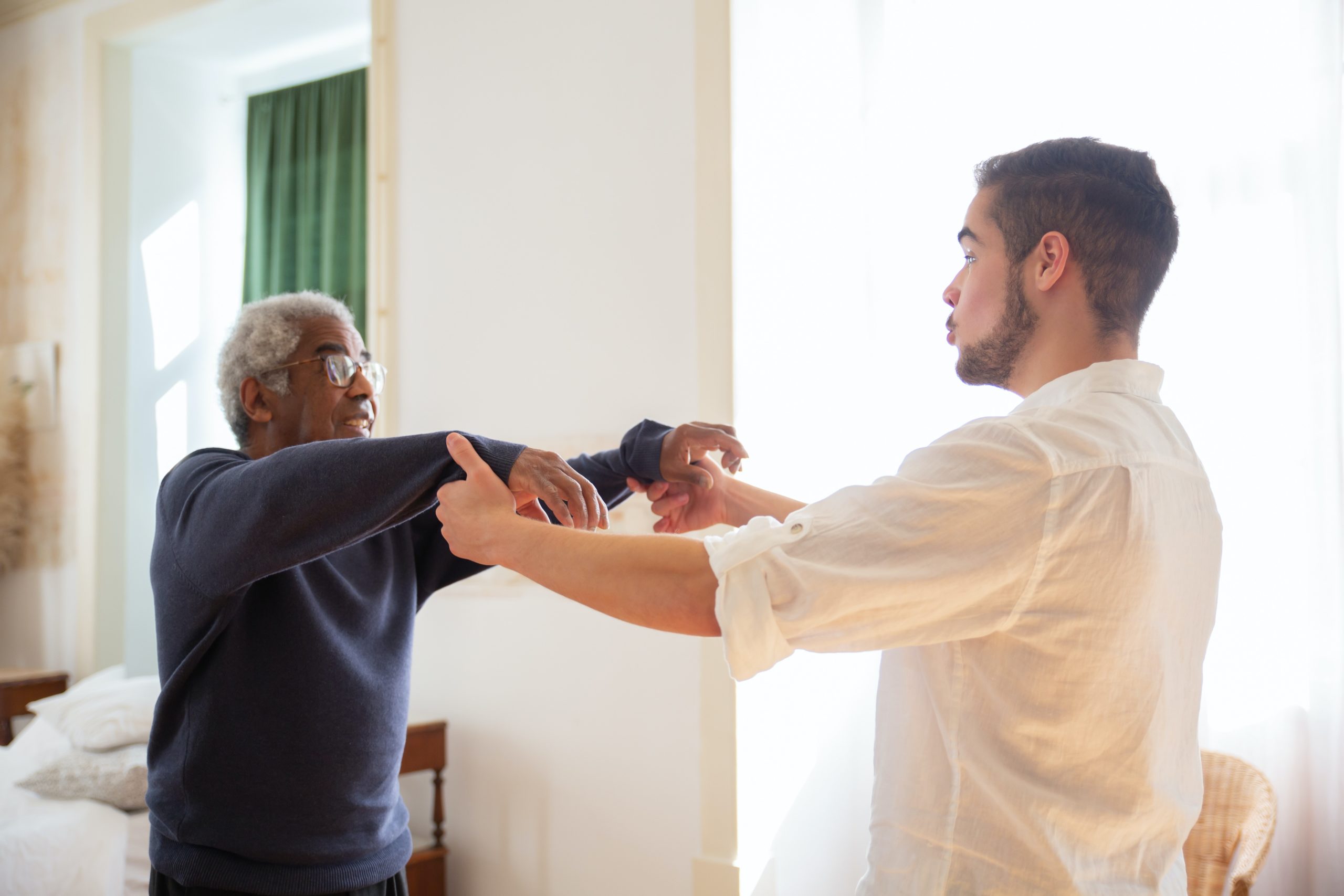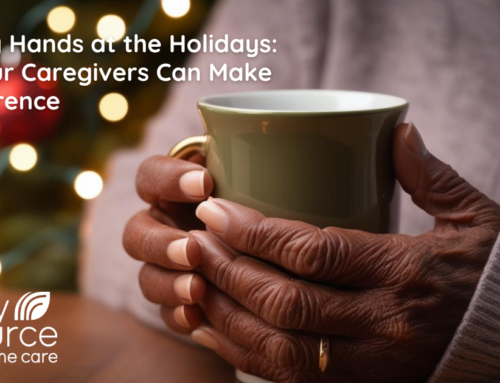Regular physical activity is extremely important the older you get, especially in elderly care. The CDC recommends a minimum of aerobic or moderate exercise for at least 30 minutes five days a week and two days of muscle-strengthening exercises per week, working all major muscle groups. Data indicates less than one-third of Americans aged 65+ meet this recommendation. Fortunately, there are many activities and programs that can help seniors stay active.
Physical fitness can reduce or delay the number of health problems that accompany old age. The following gives a helpful summary of guidelines to follow:
- A minimum of 150 minutes a week of moderate activity
- 30 minutes a day, 5 days a week (walking) or 75 minutes a week of vigorous activity (hiking, jogging, or running)
- A minimum of 2 days a week of muscle-strengthening activity
- A minimum of 3 days a week of balance improvement activities (standing on one foot)
Benefits of physical activities for seniors
First, find enjoyable activities that are safe and at your loved one’s ability level. Continuous activity helps improve circulation, flexibility, strength, and sleep. Additionally, it helps reduce the risk of falls, boosts mood, and helps with self-esteem. Staying active also reduces agitation, disrupted sleep, sundowning, and other challenging behaviors. Besides increasing a sense of accomplishment, as it does for all ages, exercise improves more of the following:
- Mood increases the feeling of calmness and therefore, reduces stress
- Ability to perform everyday tasks
- Heart health
- Additionally, it reduces the risk of falls, depression, constipation, and sundowning symptoms
Ways to encourage physical activity with those who have dementia
Getting your senior to exercise may not be easy, and often, it is helpful to avoid referring to it as exercise. Treat it like a fun activity such as a “dance party,” throw a ball or balloon back and forth, perform household chores together, or take a walk with them. A great exercise for all ages is swimming or water aerobics at a local pool or YMCA.
Make safety a priority in elderly care
Before beginning an exercise, check with the senior’s doctor to make sure that the activity is safe to perform with their condition(s). Additionally, check in with the senior while performing the activity to ensure they can hold a conversation. If they cannot, slow down. When in public, make sure they are wearing medical identification and/or a GPS tracker if you and the senior get separated. If, at any point during the activity, your loved one or client is feeling dizzy or in pain, stop the activity and have them rest and follow up with their doctor on if you should proceed with the future exercise.
Physical activity is a crucial aspect of elderly care. Engaging in regular exercise can improve overall health, reduce the risk of falls, boost mood, and help with self-esteem. It’s important to find activities that are safe and enjoyable for seniors at their ability level and to encourage them to stay active. Safety should always be a top priority, so it’s crucial to check with their doctor before beginning any exercise and monitor them during the activity. By following these guidelines, seniors can maintain a healthy and active lifestyle, leading to a better quality of life.
Need help getting the reminder for more physical activity? Find out more about how our caregivers can help with this.






